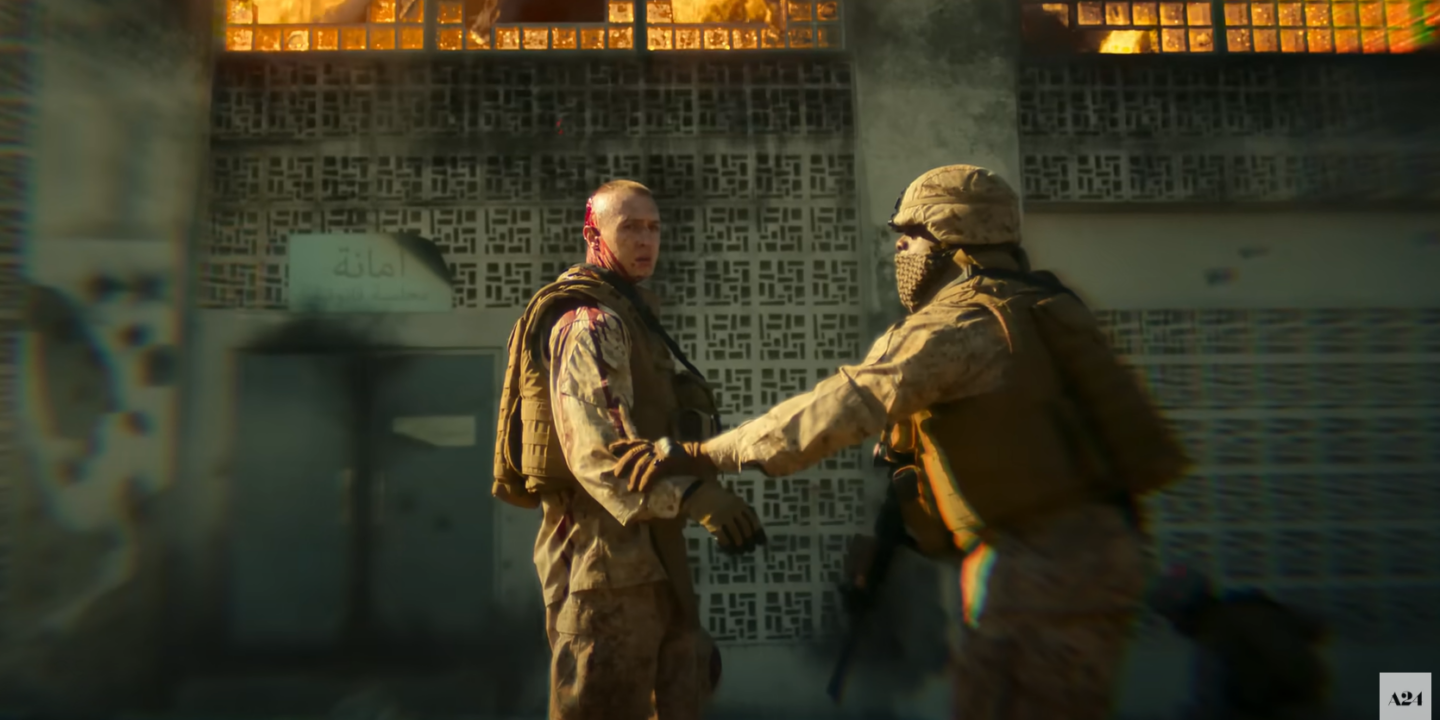
MIA’s music video for “Born Free” plunges viewers into a dystopian nightmare, envisioning a brutal campaign against redheads orchestrated by gas-masked stormtroopers. From the chaotic raid on a high-rise to the desert executions, the camera revels in raw and unsettling imagery—a deliberate collage of violence, drug use, and abrupt sexual interruptions. Throughout, a pulsating synth track and dynamic cinematography maintain a frenetic pace, syncing perfectly with the high-octane energy of the song. A nod to the audience comes when one of the enforcers breaks the fourth wall with a lip-synced “whoo!” in rhythm to the music.
This provocative video contrasts sharply with director Romain Gavras’s previous work, notably “Athena,” where elaborate visuals were used to explore themes of societal conflict and police brutality. “Born Free,” driven by a sampled track from electro-punk pioneers Suicide, employs its edgy aesthetics to critique state-sanctioned violence in a manner more focused on shock value than nuanced social commentary. Each shot is crafted for maximum impact, resonating like a series of powerful stills.
In “Civil War,” a new action film, the influence of such visceral storytelling is evident. Set against a backdrop of societal collapse, the narrative follows a group of journalists navigating a lawless America. The eerie strains of “Rocket USA” by Suicide accompany their journey through a landscape strewn with abandoned cars, setting a bleak tone that resonates throughout the film. As the plot unfolds, original compositions and eclectic tracks underscore moments of tension and introspection, punctuated by adrenaline-pumping action sequences.
Critics have scrutinized director Alex Garland’s approach, noting his reluctance to provide explicit political context in favor of a broader exploration of journalistic integrity and societal breakdown. While some find his approach evasive, Garland’s focus remains on evoking visceral reactions rather than offering clear-cut answers. This thematic ambiguity, underscored by a deliberate narrative detachment, invites viewers to confront uncomfortable truths about power, violence, and media manipulation.
Garland’s filmography often delves into speculative realms where reality bends and fractures, challenging audiences to question their perceptions of truth and narrative authority. In “Civil War,” this exploration manifests in the unsettling portrayal of a fractured society where journalism and truth are casualties of ideological warfare. The absence of traditional exposition allows the film to unfold organically, prompting viewers to piece together its dystopian puzzle.
Ultimately, “Civil War” emerges not only as a gripping action film but also as a contemplative commentary on the nature of conflict and the role of media in shaping public perception. Through its provocative visuals and thematic depth, the film invites audiences to engage with its unsettling vision of a world teetering on the brink of chaos.






